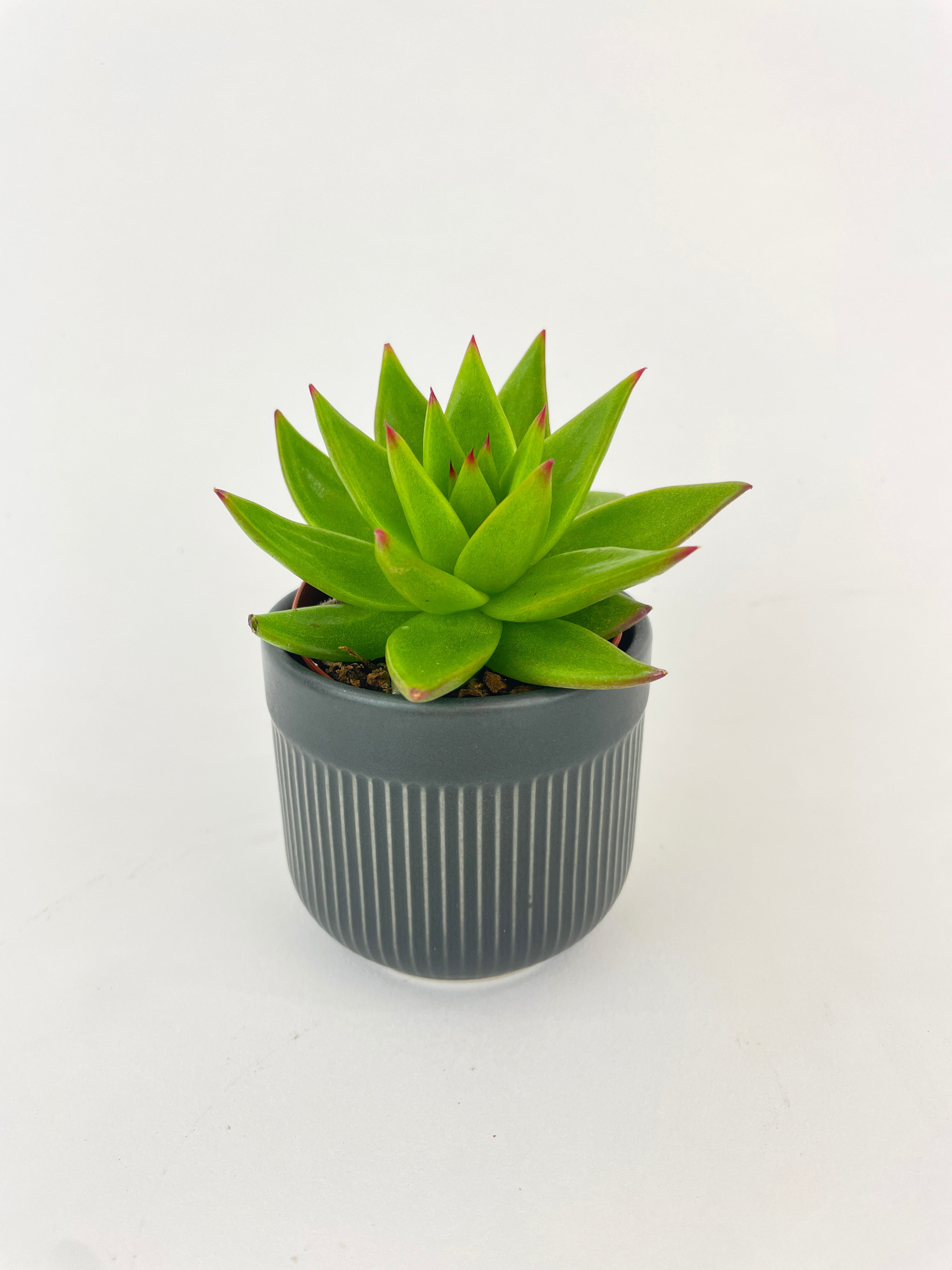Common Flowering Cactus Pests and How to Control Them
As an avid gardener, I have always been fascinated by the beauty and resilience of cacti. These unique and captivating plants can brighten up any space with their vibrant flowers and striking shapes. However, like any other plant, cacti are not immune to Cactus pests and diseases.
In this article, I will discuss some of the most common pests that can infest your flowering cacti and provide effective methods to control and prevent them. By arming yourself with knowledge and taking proactive measures, you can ensure that your cacti thrive and continue to bring joy to your gardening endeavors.
Identifying Cactus Pests - Bugs, Fungus, and Diseases
Before we dive into pest control methods, it is crucial to familiarize ourselves with the various pests that can affect our cacti. The first step in combating any infestation is proper identification. Cacti can fall victim to a range of pests, including bugs, fungus, and diseases. Here are some of the most common culprits:
Cactus Bugs
Cactus bugs are small insects that feed on the sap of cacti. They can cause damage by sucking the vital juices from the plant, leading to wilting, discoloration, and stunted growth. Some common types of cactus bugs include the cactus weevil, cactus longhorn beetle, and cactus scale insects.
Cactus Fungus
Fungus can also pose a threat to your cacti. Fungal infections often occur when the conditions are too humid or when the cactus is overwatered. Fungus can manifest in the form of powdery mildew, black spot, or root rot. If left untreated, these fungal diseases can weaken the cactus and eventually lead to its demise.
Mealy Bugs on Succulents
Mealy bugs are another common pest that can infest your cacti. These tiny, white insects often congregate in clusters and leave behind a cotton-like residue. Mealy bugs feed on the sap of the cactus, causing yellowing, wilting, and deformities. They can spread quickly and wreak havoc on your succulent collection if not dealt with promptly.
Common Succulent Diseases and Their Treatment
Apart from bugs and fungus, cacti can also be susceptible to various diseases. Some of the most common succulent diseases include bacterial soft rot, crown rot, and leaf spot. These diseases can be caused by poor hygiene, overwatering, or improper care. Identifying the symptoms and providing appropriate treatment is crucial to save your cacti from irreversible damage.
Blue Cactus Pest Control
One particular cactus pest that warrants special attention is the blue cactus. Blue cacti are unique and highly sought after for their striking blue coloration. However, these captivating plants are prone to infestations, just like any other cactus variety. Here are some effective methods for blue cactus pest control:
Your heading text goes here
Prevention is always better than cure when it comes to cactus pest control. Regularly inspect your blue cacti for signs of bugs, such as wilting, discoloration, or the presence of insects. If you notice any infested plants, isolate them immediately to prevent the spread of pests.
For existing infestations, you can use insecticidal soaps or neem oil to eliminate the bugs. Remember to follow the instructions on the product label for the best results.
Dealing with Fungus on Cacti
To prevent fungus from taking hold on your blue cacti, ensure proper ventilation and avoid overwatering. Fungicides specifically formulated for cacti can also be used to control fungal infections.
Spot any white powdery mildew or black spots on your cactus? Not good, that could be fungus! Carefully cut off the affected areas and use a fungicide as directed (it's like medicine for plants) to stop it from spreading.
Managing Mealy Bugs on Succulents
Mealy bugs can be a pain! They multiply fast and hide in tricky spots. To get rid of them, start by wiping them off with a cotton swab dipped in rubbing alcohol. The more you remove, the easier it will be to beat them!
Follow up with a thorough application of insecticidal soap or neem oil to target any remaining pests. Repeat the treatment every few weeks until the infestation is completely eradicated
Common Succulent Diseases and Their Treatment
Succulents, including cacti, can be affected by a range of diseases. Identifying these diseases early on and providing appropriate treatment is essential to prevent irreversible damage. Here are some common succulent diseases and their treatment methods:
Bacterial Soft Rot
Bacterial soft rot is a common disease that affects many succulent species, including cacti. It is characterized by soft, mushy spots on the plant, which eventually turn black. To treat bacterial soft rot, carefully remove the infected parts of the cactus using sterilized pruning shears. Treat the remaining healthy portions with a copper fungicide to prevent further spread of the bacteria.
Crown Rot
Crown rot is a fungal disease that affects the crown or base of the cactus. It is often caused by overwatering or poor drainage. To treat crown rot, remove the affected cactus from the pot and inspect the roots for any signs of rot.
Trim away the infected roots and replant the cactus in fresh, well-draining soil. Adjust your watering habits to prevent future occurrences of crown rot.
Leaf Spot
Leaf spot is a fungal disease characterized by small, brown spots on the cactus's leaves. To treat leaf spot, remove the infected leaves and ensure proper ventilation to minimize humidity. Applying a fungicide specifically formulated for succulents can help control the spread of the disease. Be sure to follow the instructions on the fungicide label for optimal results.
Natural Remedies for Cactus Pest Control
If you prefer a more natural approach to pest control, there are several remedies you can try to eliminate pests from your cacti. Here are a few effective natural methods:
Neem Oil: Neem oil is derived from the neem tree and acts as a natural insecticide. Dilute neem oil with water and apply it to your cacti using a spray bottle. This organic solution can help control a wide range of pests, including bugs and mealy bugs.
Garlic Spray: Make your own garlic spray by blending garlic cloves with water and straining the mixture. Spray this garlic-infused water on your cacti to repel insects. The strong scent of garlic acts as a natural deterrent for many pests.
Cinnamon Powder: Sprinkling cinnamon powder around the base of your cacti can help prevent fungal infections. Cinnamon has antifungal properties that can inhibit the growth of fungus and protect your plants.
Conclusion
Love your cacti? Bumble Plants does too! These stunning plants add beauty anywhere, but they can sometimes get uninvited guests like bugs, fungus, or diseases.
The good news? You can keep your cacti healthy! Here's how:
* Look at your cacti often to spot any problems early.
* If you see something, treat it right away.
* Natural options exist to fight these unwanted visitors.
With a little care, your cacti will stay happy and keep bringing you joy for years to come. Happy planting!
























